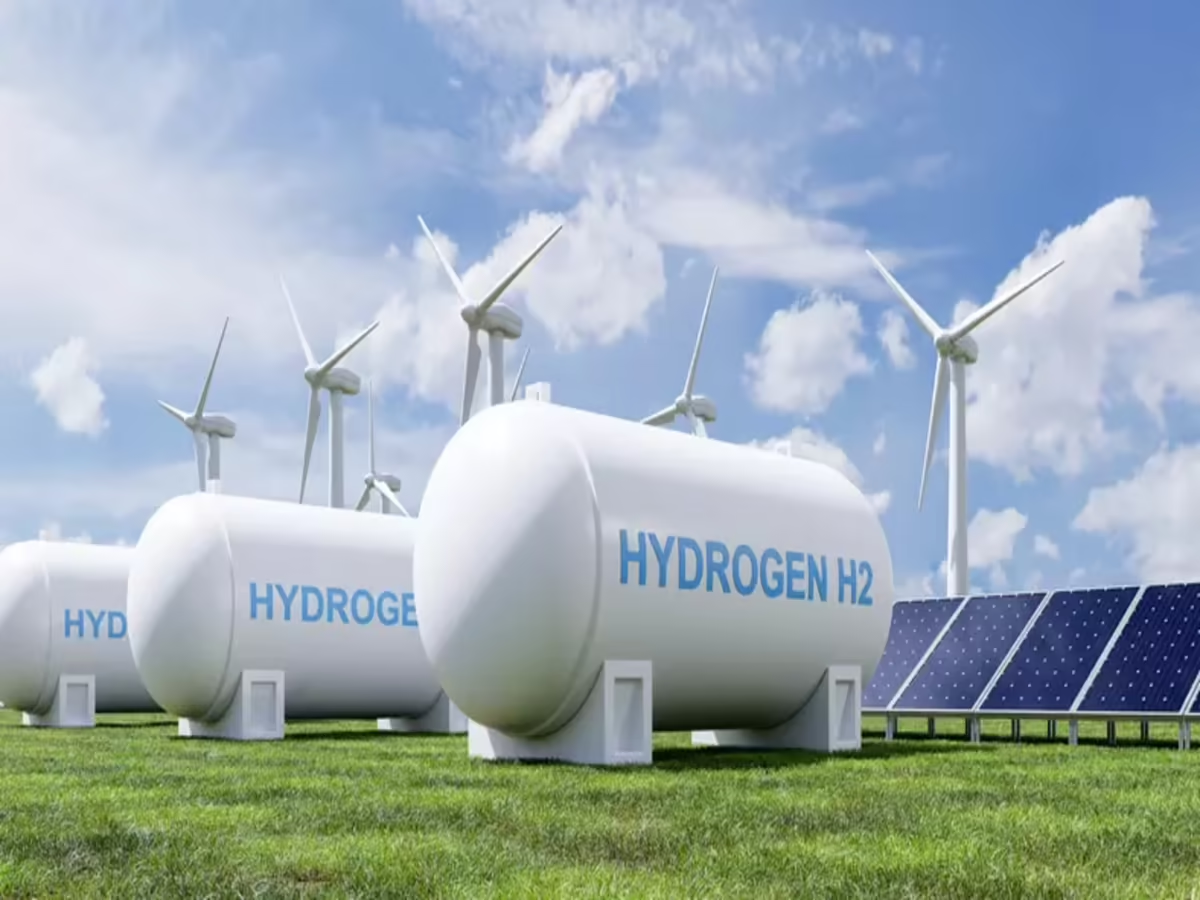- Courses
- GS Full Course 1 Year
- GS Full Course 2 Year
- GS Full Course 3 Year
- GS Full Course Till Selection
- Answer Alpha: Mains 2025 Mentorship
- MEP (Mains Enrichment Programme) Data, Facts
- Essay Target – 150+ Marks
- Online Program
- GS Recorded Course
- Polity
- Geography
- Economy
- Ancient, Medieval and Art & Culture AMAC
- Modern India, Post Independence & World History
- Environment
- Governance
- Science & Technology
- International Relations and Internal Security
- Disaster Management
- Ethics
- NCERT Current Affairs
- Indian Society and Social Issue
- NCERT- Science and Technology
- NCERT - Geography
- NCERT - Ancient History
- NCERT- World History
- NCERT Modern History
- CSAT
- 5 LAYERED ARJUNA Mentorship
- Public Administration Optional
- ABOUT US
- OUR TOPPERS
- TEST SERIES
- FREE STUDY MATERIAL
- VIDEOS
- CONTACT US
Cold Lava and how it Unleashed Calamity
Cold Lava and how it Unleashed Calamity
Recently, a cold lava erupted at Mt. Kanlaon Natural Park in the Philippines, sending rivers of cold lava, or "lahar", flowing through a village miles away from the summit on the Negros Island.
What is Cold Lava?
- About: Cold lava, known as lahar in Indonesian, is a phenomenon where rain mixes with volcanic materials like ash, sand, and pebbles, forming a concrete-like substance.
- Characteristics: Lahar primarily travels along river valleys and can reach extremely high speeds of up to 75-80 kilometers per hour or even faster.
- Formation: It can occur without volcanic eruptions, often triggered by heavy rainfall or landslides on the slopes of volcanoes covered in loose volcanic material.
- Types: There are two types of lahars: primary and secondary. Primary lahars are directly related to volcanic eruptions, while secondary lahars occur when volcanic deposits are remobilized by rainfall or other factors.
Difference Between Cold Lava and Normal Lava
- Temperature Variation: Normal lava is extremely hot molten rock, while lahars are not molten and can vary greatly in temperature.
- Mixtures: Lava consists solely of molten rock, whereas lahars are a mixture of water and volcanic debris like ash, rocks, and sand.
- Impact: Lahars can be more destructive and deadlier compared to regular lava flows because they can affect and devastate a much larger area due to their fluid, flowing nature and ability to incorporate more debris as they travel.
- Speed: Lahars can travel at much faster speeds than normal lava flows, making them more unpredictable and dangerous.
Difference Between Cold Lava and Normal Lava
|
Feature |
Normal Lava (Molten Rock) |
Cold Lava (Lahars) |
|
Temperature |
Extremely hot |
Varies (can be hot or cold) |
|
Composition |
Molten rock |
Water, ash, rocks, sand, etc. |
|
Impact |
Destructive |
More destructive, wider impact |
|
Speed |
Slower |
Much faster |
Magma vs Lava
- Magma: The term used to denote the molten rocks and related materials seen inside the earth.
- Lava: The magma above the earth's surface. Once this magma comes out to the earth's surface through the vent of a volcano, it is called the Lava.
Mud Volcano
- Definition: A mud volcano or mud dome is a landform created by the eruption of mud or slurries, water and gases.
- Characteristics: Mud volcanoes are not true igneous volcanoes as they do not produce lava and are not necessarily driven by magmatic activity.
- Size: Mud volcanoes may range in size from merely 1 or 2 meters high and 1 or 2 meters wide, to 700 meters high and 10 kilometers wide.
- Formation: Mud volcanoes can form when mud and sediment are pushed up from underground deposits, often as a result of tectonic activity or the movement of fluids beneath the surface.
|
Challenge |
Solution |
|
Unpredictability: Cold lava flows can occur without eruption, triggered by rainfall or landslides. |
Enhanced Monitoring: Implement early warning systems utilizing rain gauges, seismic sensors, and ground deformation monitoring to detect potential triggers and provide timely alerts. |
|
Rapid Onset: Cold lava flows move quickly, leaving little time for evacuation. |
Community Preparedness: Educate communities about the risks, evacuation routes, and safety measures. Conduct regular drills to practice evacuation procedures and ensure a swift response in the event of a flow. |
|
Widespread Impact: Flows can extend far from the volcano, affecting larger areas. |
Hazard Mapping and Zoning: Identify areas prone to cold lava flows and restrict development in high-risk zones. Implement land-use planning that accounts for volcanic hazards. |
|
Destructive Power: Lahar can bury entire villages, destroy infrastructure, and cause loss of life. |
Protective Infrastructure: Construct barriers, channels, and sabo dams to divert and contain cold lava flows. |
Conclusion
The concept of cold lava is distinct from normal lava flows and requires a deeper understanding of its characteristics and impacts. By recognizing the differences between cold lava and normal lava, we can better prepare for and respond to volcanic events that involve cold lava flows.



